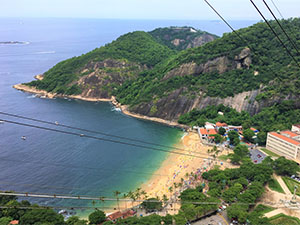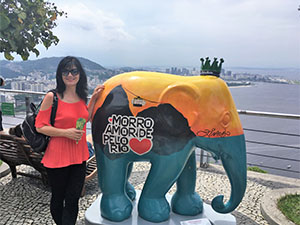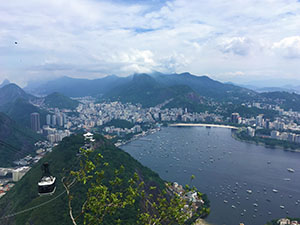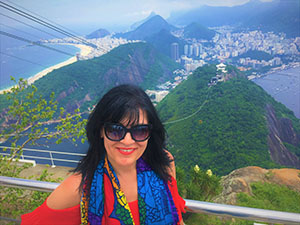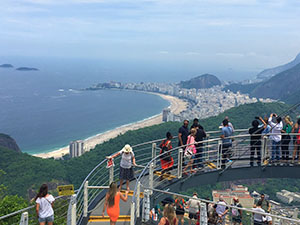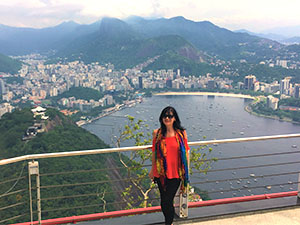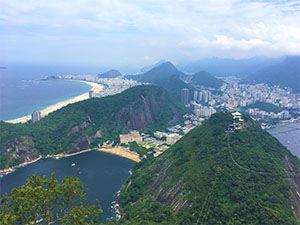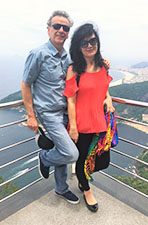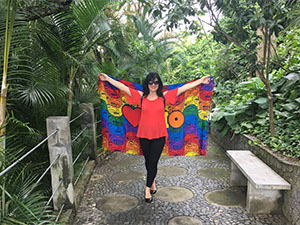One of the most historical and symbolic monuments of Copacabana Beach is Copacabana Palace, an extravagant and magnificent building that has hosted icons such as Michael Jackson, Marilyn Monroe and Princess Diana. Built as a casino before gambling was outlawed in Brazil in 1923, it became one of Rio’s most luxurious hotels. Inspired by Hotel Negresco in Nice and the Carlton in Cannes, Copacabana Palace was beautifully decorated with Carrara marble and Bomeia glass.

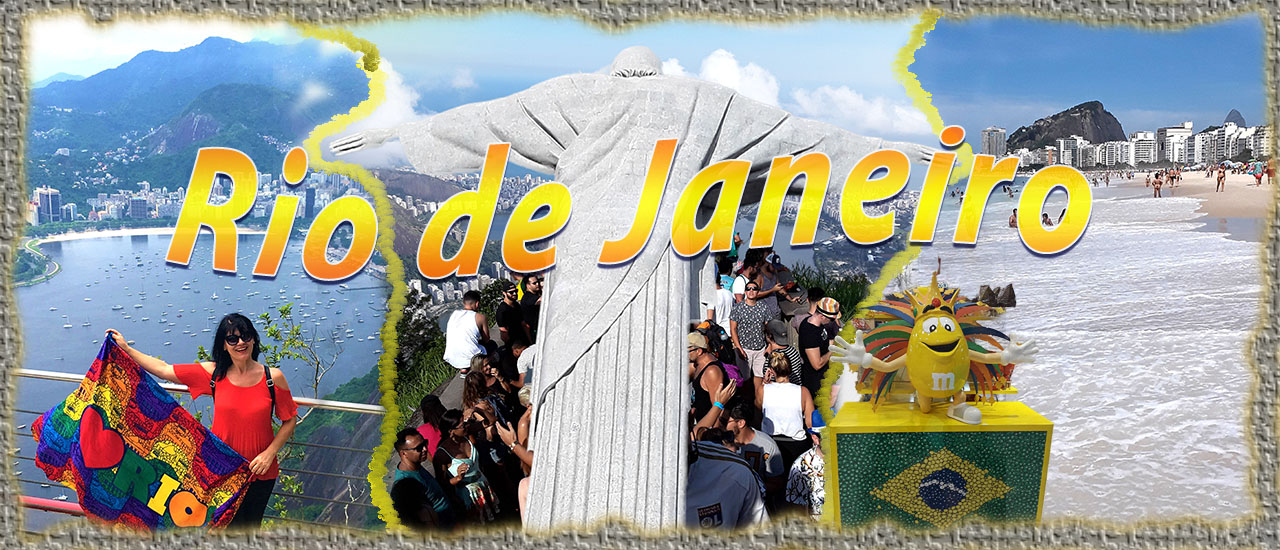
Our memories from Brazil: Rio de Janeiro
Rio de Janeiro is a huge seaside city in Brazil, famed for its Copacabana and Ipanema beaches, 38m Christ the Redeemer statue atop Mount Corcovado and for Sugarloaf Mountain, a granite peak with cable cars to its summit.
It’s the world’s famous touristic destination and everyone’s dream to visit it. Here is how we did it in two days!
Founded in 1565 by the Portuguese, the city was initially a domain of the Portuguese Empire. Later, in 1763, it became the capital of the State of Brazil, a state of the Portuguese Empire.

In 1808, when the Portuguese Royal Court transferred itself from Portugal to Brazil, Rio de Janeiro became the chosen seat of the court of Queen Maria I of Portugal, who subsequently, in 1815, under the leadership of her son, the Prince Regent, and future King João VI of Portugal, raised Brazil to the dignity of a kingdom, within the United Kingdom of Portugal, Brazil, and Algarves.
This is one of the few instances in history that the capital of a colonising country officially shifted to a city in one of its colonies.
Rio de Janeiro subsequently served as the capital of the independent monarchy, the Empire of Brazil, until 1889, and then the capital of a republican Brazil until 1960 when the capital was transferred to Brasília.

Day One: Urca Hill & Sugarloaf Mountain....
Along with samba, beaches and beautiful women, the Sugarloaf remains one of the original and enduring Rio attractions.
Standing on the Sugarloaf platform at 396 m above sea level you have a marvelous view on Rio de Janeiro. Rio downtown, the Southern beaches, Corcovado and Niteroi Bridge lay in front of you. Up there one understands why many people regard Rio de Janeiro as the most beautiful town in the world.
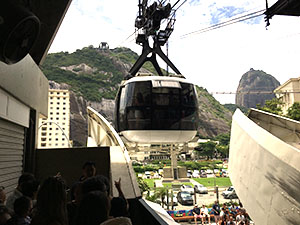



The name Sugarloaf was coined in the 16th century by the Portuguese during the heyday of sugar cane trade in Brazil. According to historian Vieira Fazenda, blocks of sugar were placed in conical molds made of clay to be transported on ships. The form of the peak reminded them of the well-known resulting “sugarloaf” shape.
Pão de Açúcar - A View from the Top
The second cable car takes you from Urca Hill to the top of Sugarloaf with an amazing 360-degree view of the region. You can sit down and enjoy the view from one of the fast-food shops around the area. When it’s a clear day, you can experience one of the most spectacular sunsets on the planet.
More than a million tourists visit Sugarloaf every year to enjoy a breathtaking view of surrounding beaches, mountains and forests.
Copacabana Beach (late afternoon and at night)- Rio’s picturesque paradise
Copacabana beach is located in the neighborhood of the same name and stretches along Avenida Atlantica for 4 kilometers with fine sand and incredible visuals. It came to life in the 1970s when a large landfill increased the area of the beach.
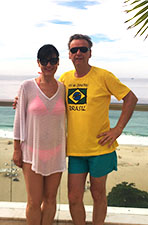
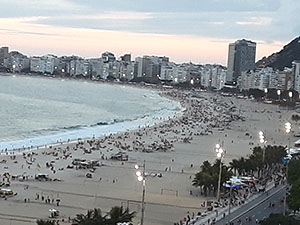
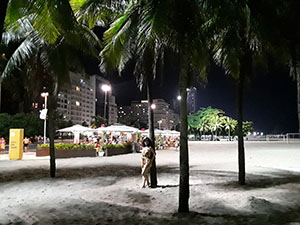
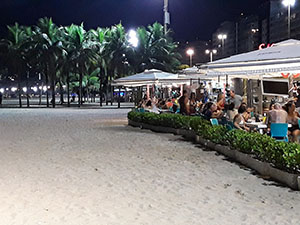
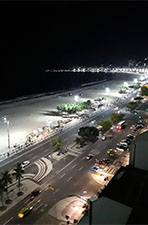

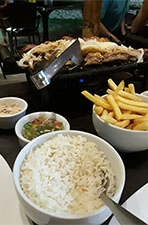

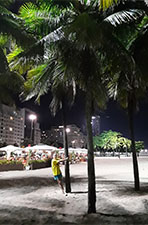
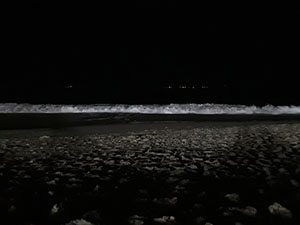
Day two: Copacabana (morning) and Corcovado (afternoon)
One of features of Copacabana beach is the black and white ocean wave motif that paves up the entire promenade. It’s also one of the beach’s best-sold souvenirs. The design was inspired by Portuguese pavements from the 1930s and was replicated in Copacabana by designer Roberto Burl Marx in 1970.
There are many other beaches around Rio, but Copacabana is one that Cariocas (locals) love the most. They are gathering here over the weekends when Avenida Atlantica is closed for traffic, to enjoy the promenade by bike, skate or rollerblades.
At New Year’s Day, more than 2 milion people gather here to party under the umbrella of one of the world’s best fireworks.
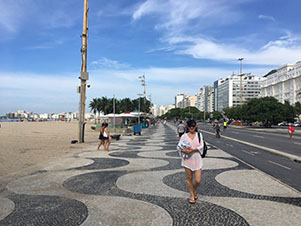
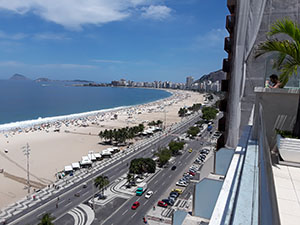
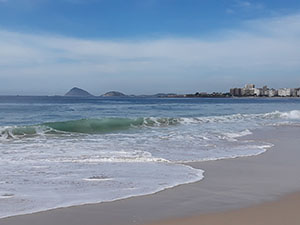

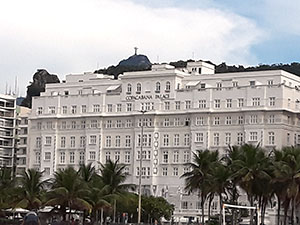
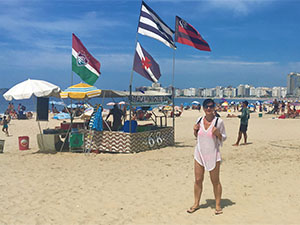
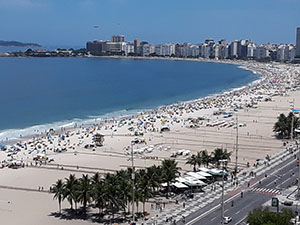

Corcovado - The New Seven Wonders of the World!
This mountain is crowned by the statue of Christ the Redeemer, 30 meter high with a 8 meter pedestal with a chapel to honor the Lady of Aparecida, patron Saint of Brazil.
This is one of the main scenic spots in the city, located at the Tijuca National Park, 710 meters high and giving a sweeping panoramic of sea and mountain, a world famous vista.
The imposing statue of Christ the Redeemer atop the Corcovado embraces the city of Rio. Corcovado or Hunchback Mountain is so named because of its shape.

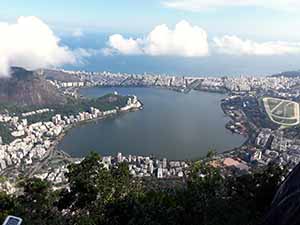
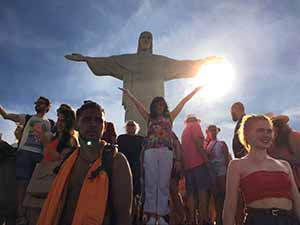


We have shown you just a small part of Brazil. With certainty, there is much more to experience than is shown in my words and photos. You need to be there and witness in person.
For us, it was a brief time to take another deep breath on Copacabana beach, store some memories, and go back home.
I would like to close the Brazil story with the following two reminders to consider before you go there:
First: Brazil is the only portuguese speaking country in Latin America and the most of people you’ll communicate with, do not speak any other language. This book  may help a lot!
may help a lot!
 is the best means of transportation. It’s perfectly orginized and very affordable.
is the best means of transportation. It’s perfectly orginized and very affordable.

